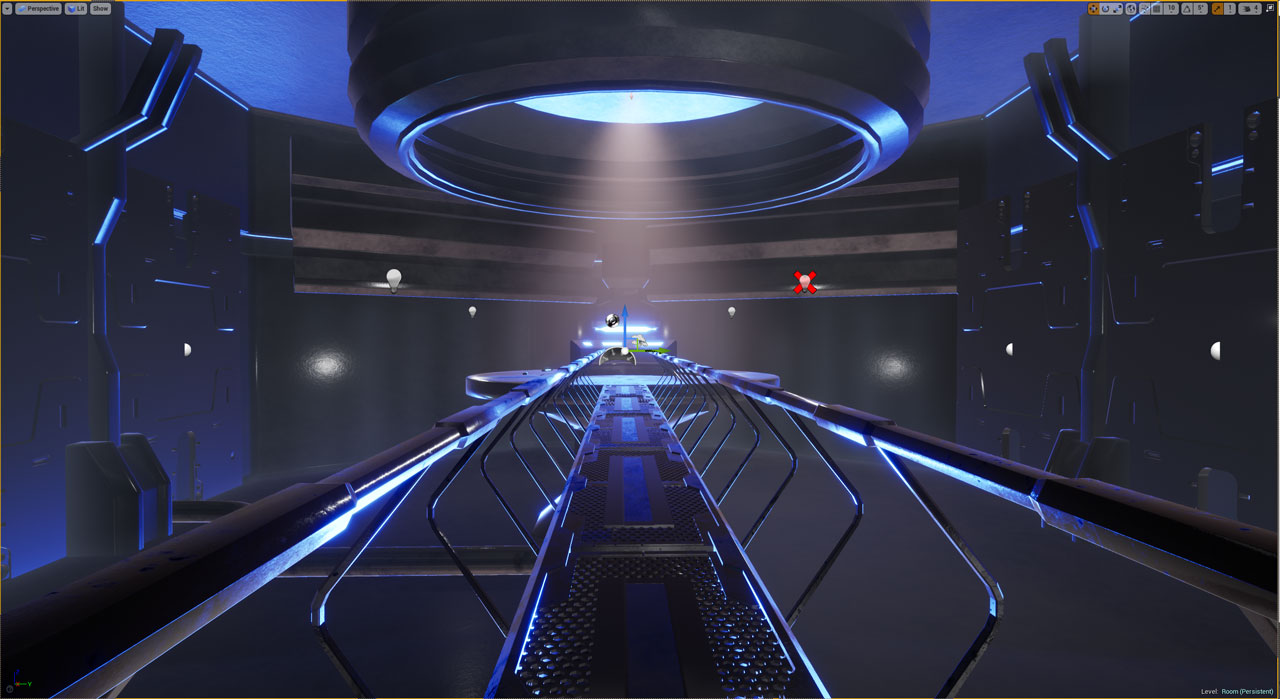Artist Highlight: VR with artist Phong Tran
In this highlight, we’re focusing on FUSE artist Phong Tran and his role leading FUSE’s VR development. Phong highlights some of the challenges to VR adoption, his role in bringing VR to FUSE, and some ways businesses can use VR to tell their brand’s story.
About the Artist and Inspiration
Phong Tran is a 3D generalist with about six years of experience in the industry. Not only does he lead VR development at FUSE, but Phong is also responsible for bringing it to the studio. He’s been interested in VR for a long time now, following its rising popularity over the years. His favorite type of VR includes interactive elements that actively engage people with the experience.
After purchasing the HTC Vive, he approached the FUSE team about developing VR. A few years before that, he picked up a dev kit for the Oculus Rift during its Kickstarter campaign. He spent a lot of time outside of work dabbling in VR, learning through trial and error, and occasionally watching user tutorials. As more sophisticated devices hit the market and the rendering tech grew, he’s been even more excited about its future.

Collaboration with the FUSE Team
Though FUSE hadn’t done work in VR until Phong approached them about it, the team has since eagerly joined in to build a wide array of VR experiences. Now, FUSE has its own in-house VR development room, where Phong and his VR team can create installation VR experiences and assets.
They’ve created 360-degree renderings, an installation where users can shoot arrows with a real bow, and interactive product demos. Lately, a few animators have been playing around with different visual concepts in the Unreal engine. Phong and his team are currently recreating the new FUSE logo animation to build an interactive VR scene.

Using VR to Tell Stories
A lot of work Phong does with VR is R&D. This includes figuring out how to apply VR to areas outside of gaming, something he says can be challenging. According to Phong, the product rendering work we do at FUSE naturally translates to VR instructional videos or product demos.
Here’s where our love of storytelling comes into play: we can create engaging experiences in VR that have a practical application, like teaching people how to use a new product.
The Future of VR
When talking about the future of VR, Phong brings up AR as an accessible entry point for many people. “I think that’s where things are going to converge: wearable AR tech,” Phong says. When asked if he’d be an early adopter of wearable tech, his answer is immediate: “Yes. As soon as I can afford it, I’ll jump on that!”
As people get used to AR, VR adoption will follow. With lowering headset prices and more accessible content, VR is progressing quickly. And it’s catching people’s attention. After all, people can experience otherwise impossible things with VR. That’s why more and more companies are using VR to launch products at trade shows and other events.
Mass-market adoption is just around the corner, as seen by the rising number of active users. Once it does, VR could become a critical part of modern marketing strategies.
Sample of an interactive VR product demo by Phong & the FUSE team